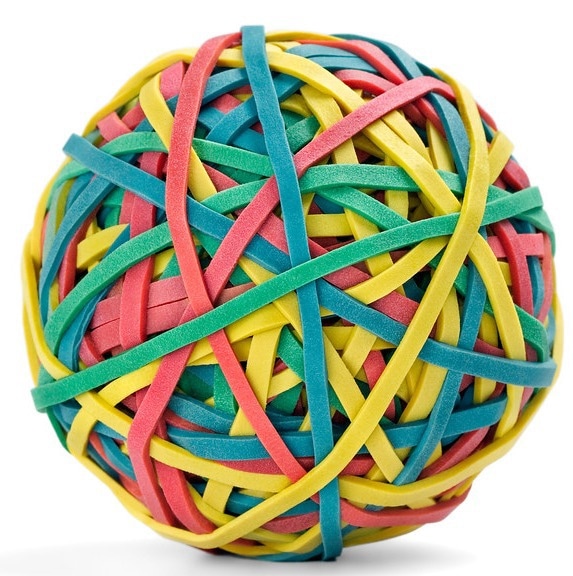A group of British researchers has moved one step closer to simplifying the recycling of various plastic types by developing a method applicable to a broad spectrum of challenging-to-recycle polymers, such as rubbers, gels, and adhesives.

Thermosets are widely used in industry and include materials such as rubbers, gels, and adhesives. Image Credit: Giorgio Castellanza
Thermoplastics and thermosets, both comprised of long polymer chains, exhibit distinct behaviors when subjected to heat. Thermoplastics, capable of being heated to high temperatures, can be molded, cooled, and reshaped. They offer the flexibility of being melted and reformed during recycling but may break under stretching or stress.
On the other hand, thermoset plastics feature crosslinked polymer chains, forming a robust and flexible network.
These materials find applications in composite materials, paints, coatings, rubbers, and gels. However, the crosslinks in thermosets result in materials that burn rather than melt when heated, making them challenging to break down and recycle.
Researchers from the University of Bath and the University of Surrey have devised a method to integrate degradable bonds into thermoset polymers, enhancing their recyclability.
Published in Polymer Chemistry, the study involved creating a series of polymer gels with breakable bonds strategically incorporated into various parts of the structure. The researchers assessed changes in properties after the gel underwent degradation and reforming.
Their findings revealed that all the gels could undergo some degree of degradation, but those with breakable bonds in the polymer chains exhibited superior property retention upon reformation compared to polymers broken down via cross-linked bonds.
The researchers aspire to extend this model system to other polymer types, including adhesives, sealants, and elastomers.
Thermosets are used widely in the commercial sector, in materials like resins and adhesives. Being able to make bonds reversible in these materials will increase their applications as well as making them more recyclable.
Dr. Maciek Kopeć, Department of Chemistry, University of Bath
The researchers are working towards developing a comprehensive roadmap to identify optimal locations for breakable bonds, seeking a deeper understanding of the varying ease with which certain bonds break. Additionally, they plan to enhance the system by incorporating other widely used commercial polymers.
Furthermore, the research team is exploring additional applications of their work, such as utilizing crosslinked polymers in the development of controlled drug delivery systems.
The study was financially supported by the Engineering and Physical Sciences Research Council (EPSRC).
Journal Reference
Dawson, F., et al. (2023) Strands vs. crosslinks: topology-dependent degradation and regelation of polyacrylate networks synthesised by RAFT polymerisation. Polymer Chemistry. doi.org/10.1039/d3py01008b.